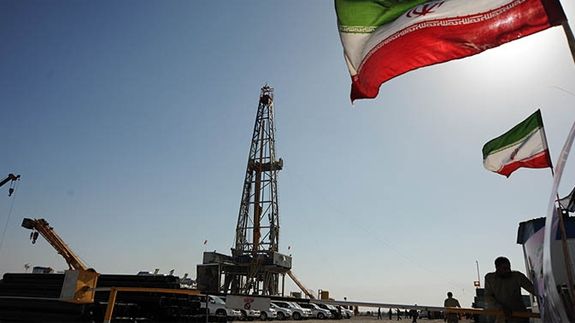Survey: Record OPEC Output at Time of OPEC Output Cut

Oil prices on Tuesday fell for the first session since OPEC agreed to cut output last week after data showed crude production rose in most major export regions and on growing skepticism that the cartel would be able to reduce production.
After rising over 15 percent over the four sessions since the November 30 OPEC meeting, Brent futures were down $1.25, or 2.3 percent, to $53.69 a barrel at 10:13 a.m. EST (1513 GMT). U.S. crude fell $1.36, or 2.6 percent, to $50.43 a barrel.
The Brent front-month has outperformed the U.S. contract since the OPEC meeting, with its premium over WTI reaching $2.29 a barrel earlier on Tuesday, its highest since August.
Analysts said the boon from last week's Organization of the Petroleum Exporting Countries decision has faded as they now look to factors that may undermine the cartel's promise such as record production, Russia's plans and the reaction of U.S. shale producers.
"Adherence to assigned OPEC quotas is apt to be limited and enforcement of such nearly impossible," Jim Ritterbusch, president of Chicago-based energy advisory firm Ritterbusch & Associates, said in a note.
"With most of the planned reduction falling on the shoulders of the Persian Gulf producers, we look for other OPEC members to virtually ignore assigned quotas," Ritterbusch said.
OPEC's output set another record high in November, rising to 34.19 million barrels per day (bpd) from 33.82 million bpd in October, according to a Reuters survey.
As part of last week's decision, OPEC said major oil producers outside the group would cut 600,000 bpd of production on top of OPEC's 1.2 million bpd reduction. Those countries and OPEC meet this weekend to finalize the terms.
Russia reported average oil production in November of 11.21 million bpd, its highest in nearly 30 years. That means OPEC and Russia alone produced enough to cover almost half of global oil demand, which is just above 95 million bpd.
Instilling further doubts about OPEC's ability to cut output, sources told Reuters that Saudi Arabia and Kuwait may agree to resume oil production from jointly held fields in a neutral zone between the two countries.
Market watchers had said OPEC's decision to cut output marked an about-face for Saudi Arabia, which has been battling to keep market share for the past two years by selling more, if cheaper, barrels rather than bolstering prices.
But in a sign the fight for market share is not over, Saudi Aramco cut the January price for its Arab Light grade for Asian customers by $1.20 a barrel from December.
Meanwhile, Glencore chief Ivan Glasenberg reflected some fears in the market when he said prices could drop to $35 should U.S. shale producers ramp up their output though he hoped they would be "responsible."
Many shale oil producers have suffered as prices fell below their production break-even levels and so may hope to boost output following the recent price rise.
